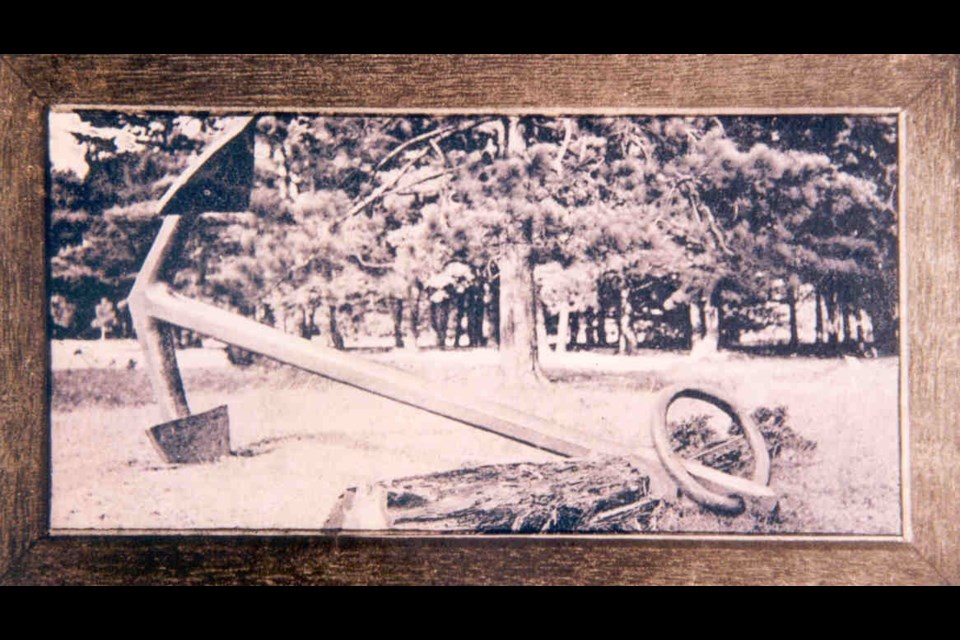The War of 1812 was a defining moment in our nation’s history.
Most of the fighting on Canadian soil took place in southern Ontario. However, even in the Lake Simcoe region the effects were felt. For a tangible example, look no further than Holland Landing’s Anchor Park.
When war was declared, the Americans used naval forces to interdict traffic on lakes Erie and Ontario. In an era when the road network in Upper Canada (Ontario) was primitive, most travel was done by water. Depriving Britain of the use of the lakes threatened to cut off its military posts on lakes Huron and Michigan.
British forces opted to employ an overland route to the upper Great Lakes, essentially mirroring that used by First Nations and fur traders for centuries prior. British supply lines ran north from York (Toronto) along Yonge Street until it reached the Holland River. There, men and supplies would go by boat across Lake Simcoe to the location of modern Barrie, cross the Nine Mile Portage, and then re-embark on boats to travel down the Nottawasaga River.
The route was so busy that a military establishment developed at a spot known as Lower Landing on the Holland River. This post consisted of docks, storehouses, and residences.
The naval war wasn’t confined to lakes Ontario and Erie. American and British vessels competed for control of the upper Great Lakes as well. As part of Britain’s plan to decisively defeat American naval forces on Lake Huron, in 1814, Sir James Yeo, commander of the Royal Navy forces in Upper Canada, planned to construct a 44-gun frigate at Penetanguishene. It would be the largest vessel on inland waters in North America.
To that end, an order was placed with the Royal Naval and Military Foundry, in Chatham, England, for all the necessary hardware. Included in that order was a massive, 15-foot long, 4,000-pound anchor.
Forged in Britain, this anchor was shipped to Canada, arriving late in the year. It was then put on a specially built sled and laboriously hauled up snow-covered Yonge Street by a dozen oxen. It took the plodding beasts four days to complete the journey. However, no sooner had the anchor arrived on the shores of the Holland River than word arrived of the signing of the Treaty of Ghent. The war was over.
With the fighting finished, plans for the frigate were scrapped and, consequently, the anchor was of no use. It was simply abandoned and seemingly forgotten at Lower Landing.
In 1870, locals moved the anchor a little bit east, and it became an object of curiosity. In time, the land was set aside as a park known, appropriately enough, as Anchor Park. The anchor is still there.



